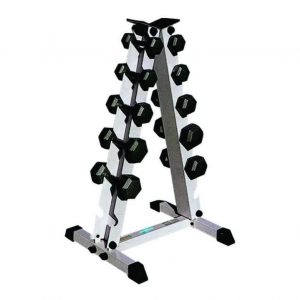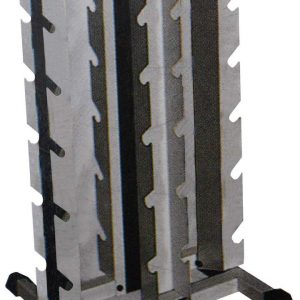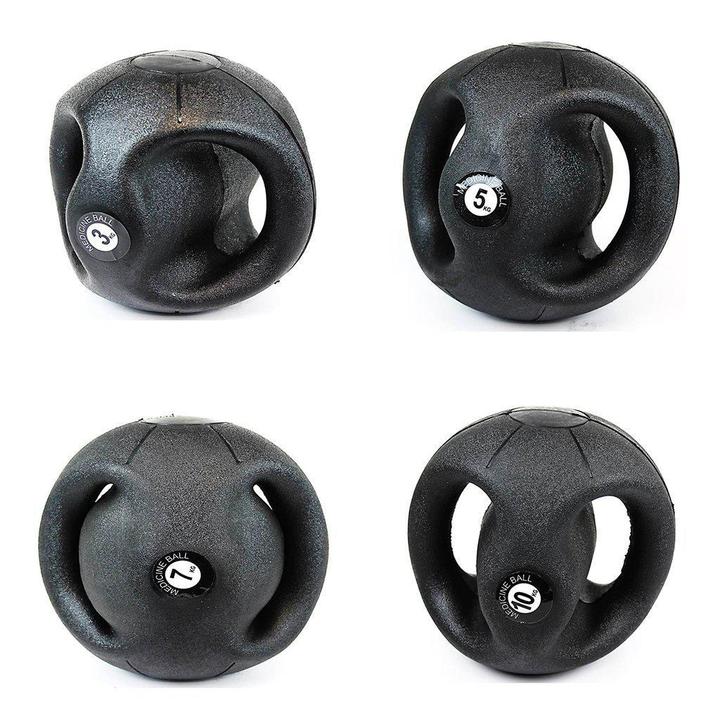Características del Producto
| Peso | N/D |
|---|---|
| Dimensiones | N/D |
$62.673 – $126.774 IVA
Balón medicinal con agarre en varios pesos. 3kg, 5kg, 7kg, 10kg. Selecciona una opción y la cantidad
| Peso | N/D |
|---|---|
| Dimensiones | N/D |
Descripción balón medicinal:
Uso: Domestico Premium. Institucional. Profesional.
SKU: 71623
SKU: 71625
SKU: 71624



Debes acceder para publicar una reseña.


Calificación
No hay Calificación aún.